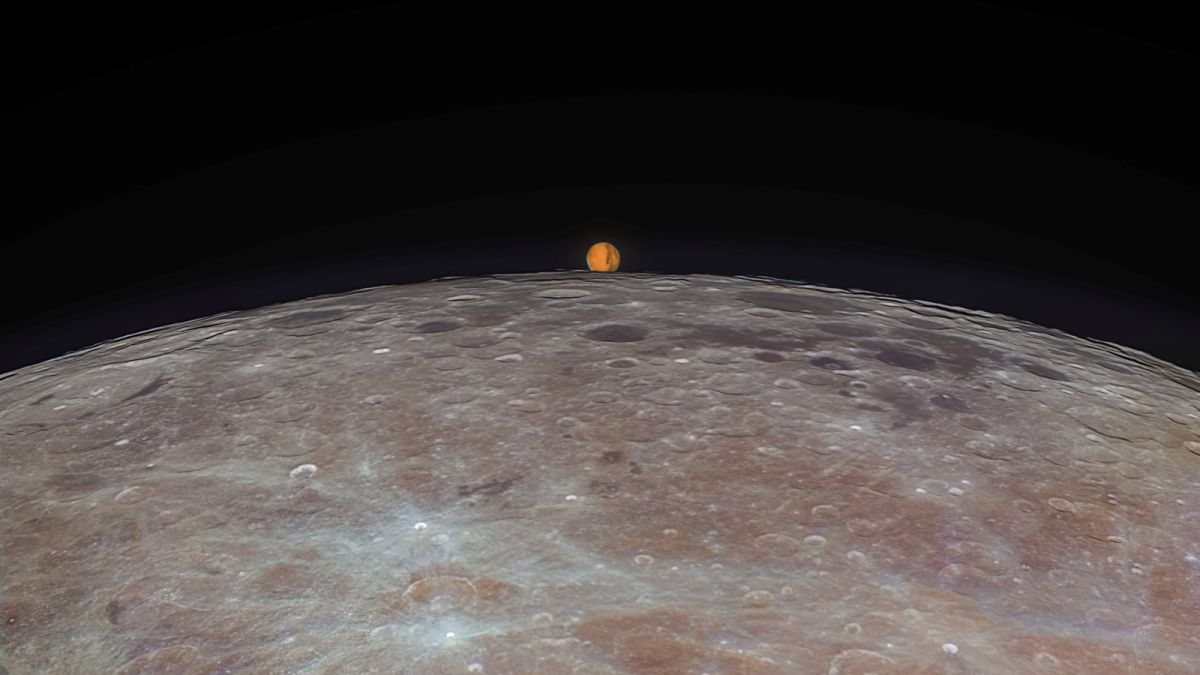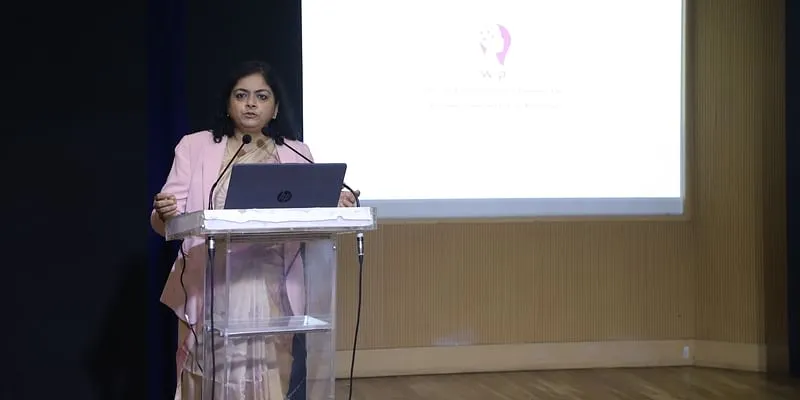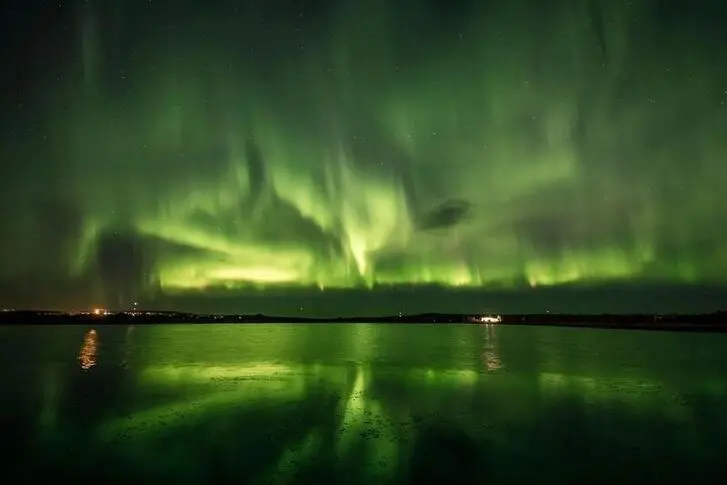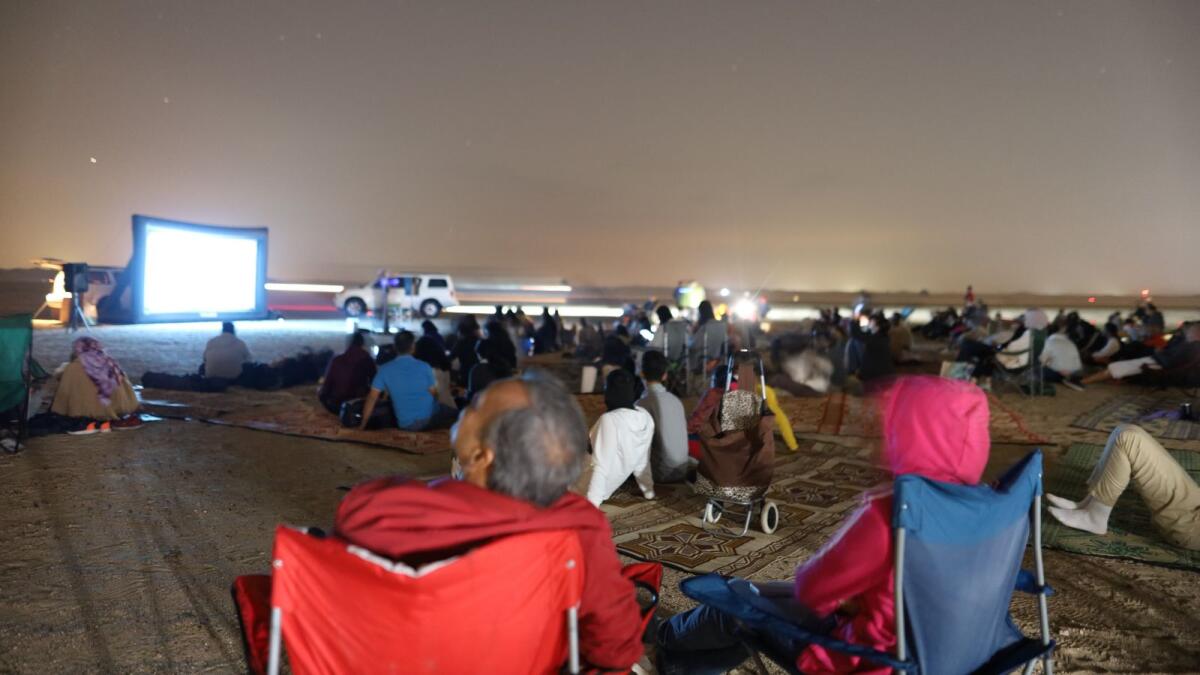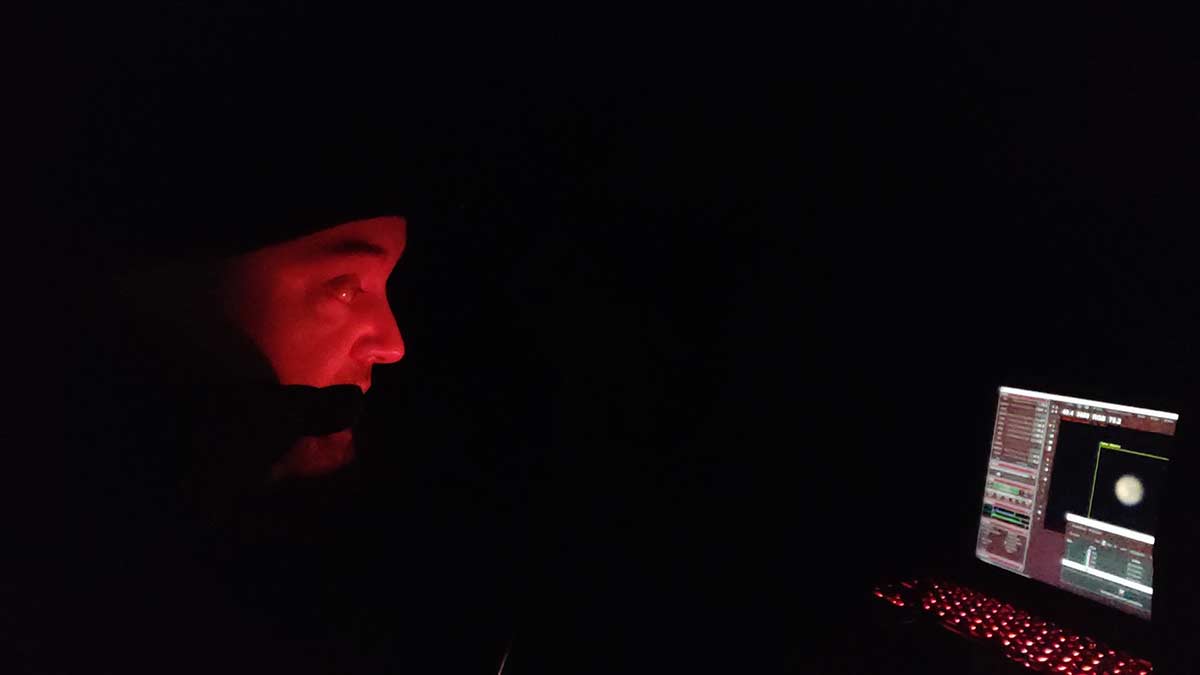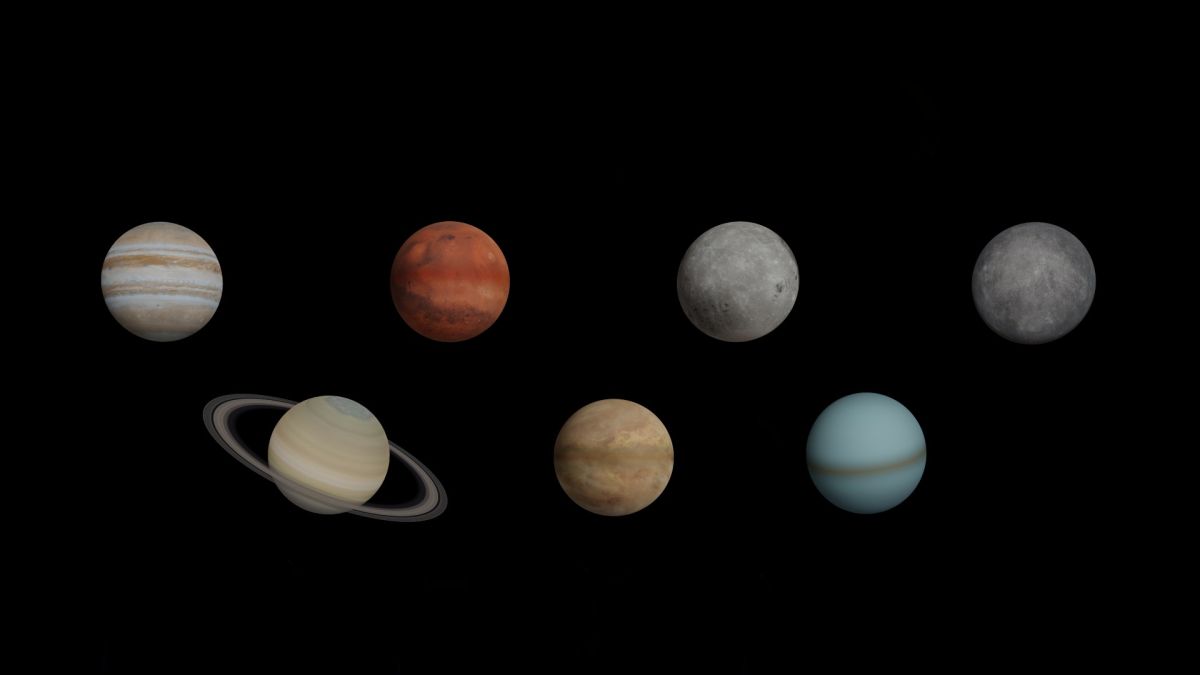From learning astro-photography at a hilly countryside, witnessing a stunning sunrise above a mist of clouds from the highest peak of the Eastern Ghats to discovering a trek route that opens up a world rich with biodiversity, a growing number of people are seeking localised and personalised travel experiences in and around Visakhapatnam.
Many are trying to learn a new skill in the process, experience a new culture, tradition and history and gain knowledge about the rich ecosystems in the vicinity.
Over 120 participants have gathered at the ongoing 10th national workshop on pictorial and travel photography organised by Khamam Photo Arts Organisation (KPAO) in Araku to travel to the interior tribal villages of the region and learn key elements of photography from experts.
“The response has been overwhelming. There are art lovers, photographers, Fine Arts students, journalists from across the country who want to experience the beauty of the place and learn the different elements of photography,” says V Naga Raju Devara Rao of KPAO. During the three-day workshop, participants in small batches visited the hills of Odisha’s Malkangiri district, which is home of the Bonda tribes, a particularly vulnerable tribal group known for their secluded lives. “Every Thursday, the Bonda tribes come to the shandy (local market). This is a great way to understand the tribal culture of the region,” says Naga Raju. According to noted photographer Sudhakar Reddy, secretary of Andhra Pradesh Photography Academy, the experience of traveling with a group that shares a common interest opens up a deeper understanding of the world around. “Participants learn the ways of identifying the subject, understanding the right composition and capturing the essence of a place,” he adds.
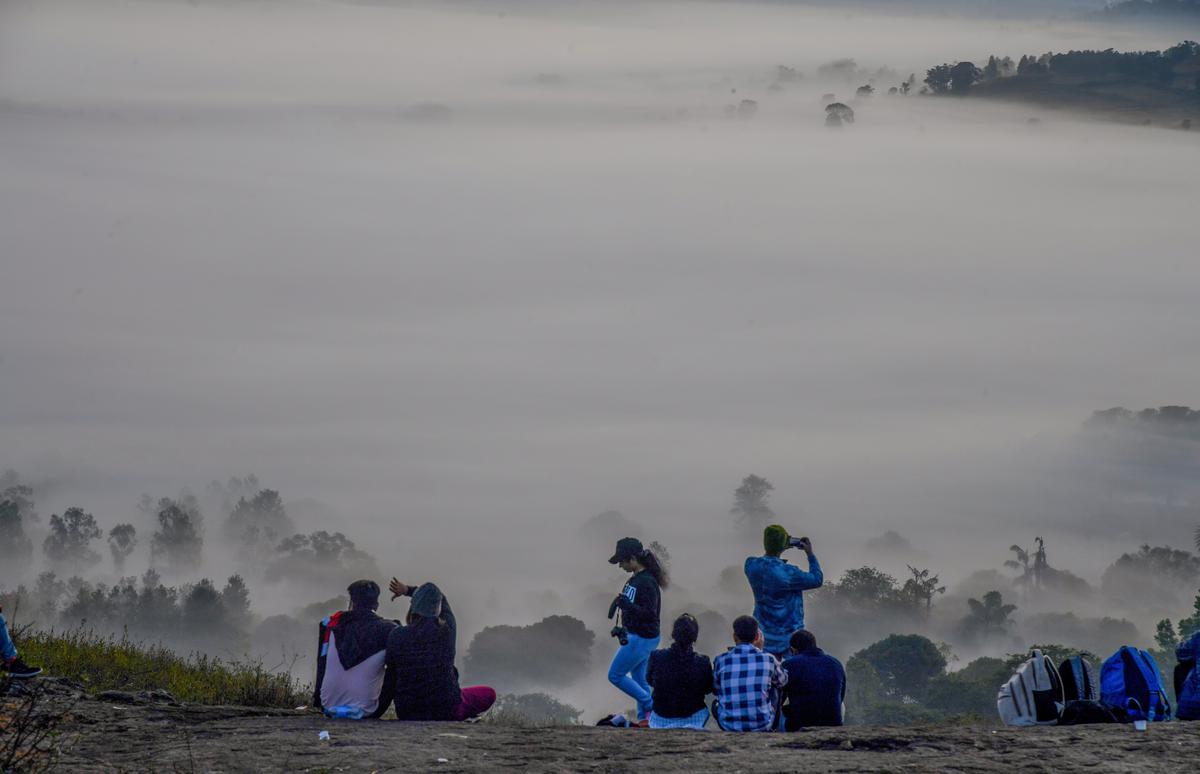
People enjoying fog engulfed araku valley from a newly discovered view piont at Madagada in Araku 130 km from Visakhapatnam
| Photo Credit:
KR Deepak
Ban Nanda, a photography enthusiast and one of the participants of the workshop, discovered a new viewpoint for shooting the sunrise from a veil of clouds from a cliff near Madagada village. “We reached before sunrise and were stunned by the beauty of place. Acessibility to the hill, proximity to Araku makes it a great place for viewing the sunrise,” he says. Madagada is a potter’s village. “Ideal days to visit are from Monday to Thursday where one can observe the potters at work. On the weekends, they head to the shandy to sell the pots,” Nanda adds.
According to Naveen Rongali, founder of Ecohikes, a trekking group that conducts sustainable treks and travels, the concept of experiential travel has picked up in a big way during this year. “We saw many people who expressed interest in understanding the local culture, food and tradition while camping at non-touristy spots in the tribal belts near Visakhapatnam. In fact, many families with children are keen on trying out these weekend camps and want children to experience Nature and rural life,” he says.
The group’s focus has been the Jhindagada peak, considered the highest peak of the Eastern Ghats in Andhra Pradesh. “We have been training the tribals to interact with the travelers and give them a peek into their culture,” says Naveen. Ecohikes has been conducting camps at lesser-known peaks and waterfalls in the Eastern Ghats almost every weekend. “Our main objective is to help people understand how our tribes have been living in these regions with reverence for Nature,” explains Naveen. Shortly, a new place near Devarapalli will be added to their list of camping sites.
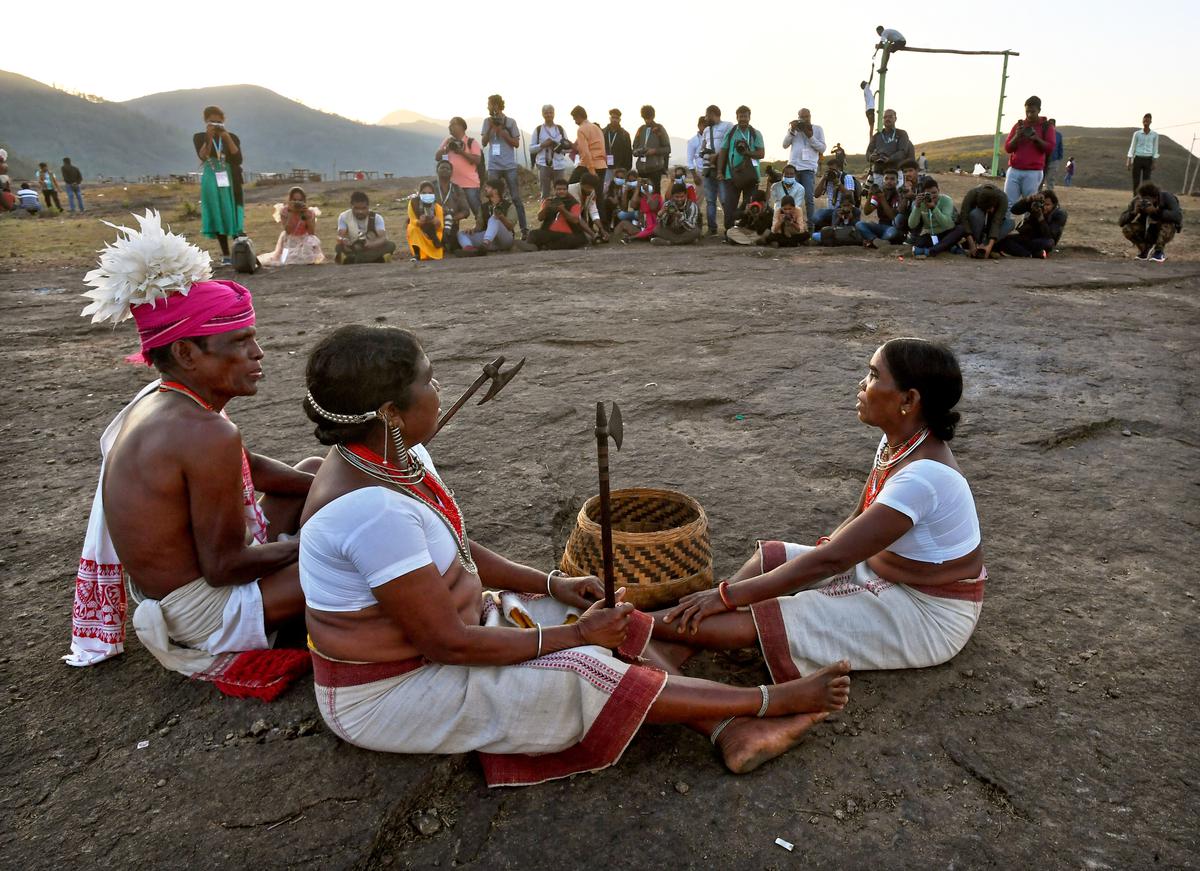
Participants of the photography workshop conducted by Khamam Photo Arts Organisation capturing tribal life at a village near Araku, 130 kilometres from Visakhapatnam
| Photo Credit:
K R Deepak
Within the city limits in Visakhapatnam, there are people who offer experiential treks that help one understand the biodiversity of the region. Sumanth Behara, who started Triptan Adventures earlier this year, says the Yarada hike is the most sought-after trail. “This is a secluded beach and the trek offers a breathtaking view of coastline,” he says. One of the essential parts of the treks involve sensitising the participants about the importance of the place, being extra careful in geo-heritage sites and to leave no plastic behind.
City-based organisation Wilded has been conducting noctural walks at the Simhachalam hill range and inter-tidal walks at Rushikonda coast to uncover a colourful world bustling with life hidden amid the rocks. “The idea is to build a community of responsible travelers and discoverers who can appreciate Nature in their surroundings and understand the significance of the varied ecosystems. Over the past year, we have seen a good number of participants turn up for these experiential treks and walks and actively involve in being citizen scientists to document inter-tidal biodiversity of Andhra Pradesh,” says Sri Chakra Pranav Tamarapalli, who along with K Vimal Raj started Wilded with the primary aim of wilderness education.
“We are now exploring Araku and Paderu to conduct camps centering around birdwatching and butterfly watching. We are planning to roll this out soon,” says Pranav.


